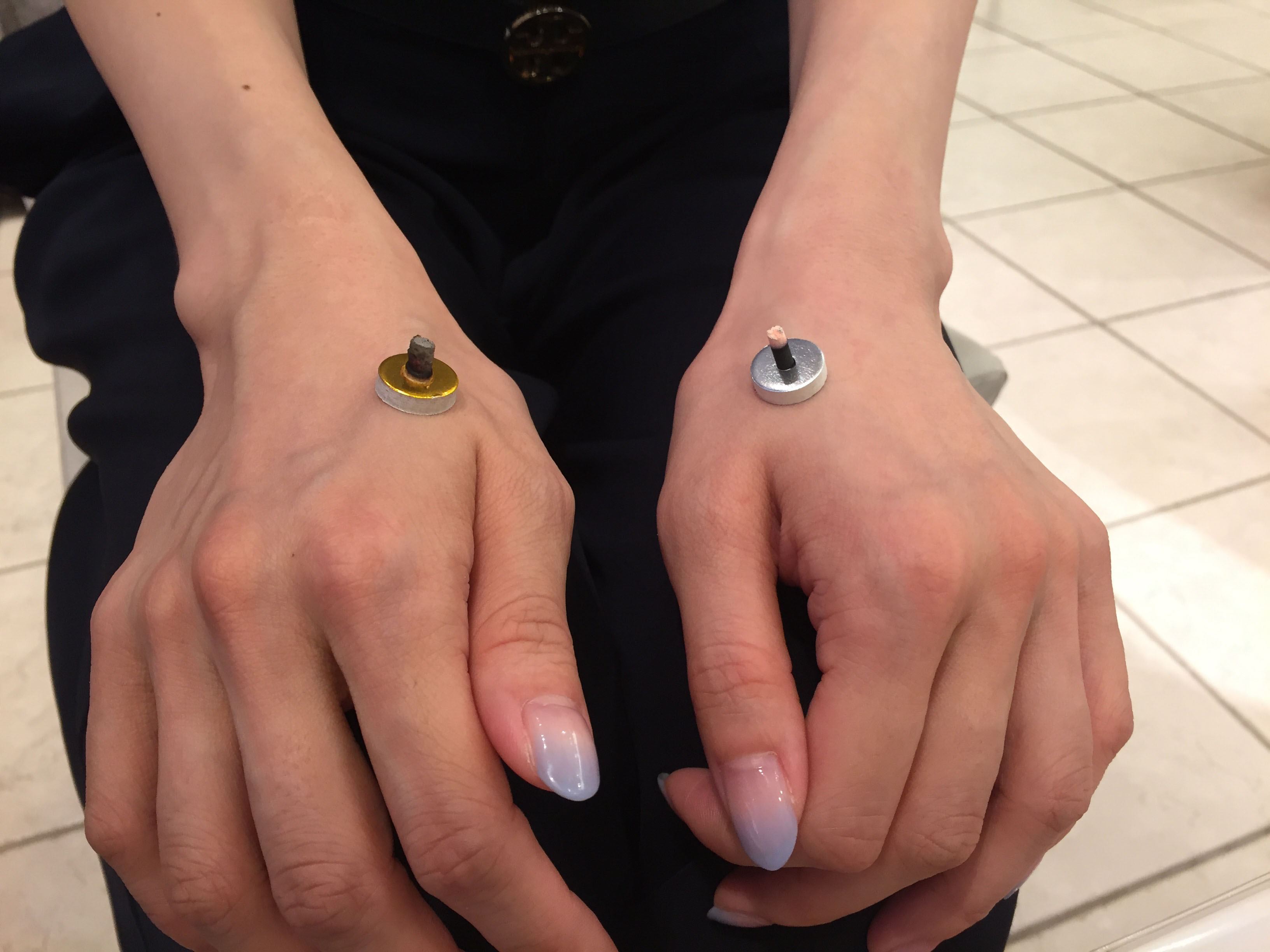"The practice of medicine is an art, based on science."
William Osler, considered "the father of modern medicine," proclaimed these famous words. His philosophy serves as a standard of excellence and a model for the evolution of all practitioners, not simply those of Western medicine. Indeed, the ancient art of acupuncture and moxibustion (burning of dried mugwort) in Japan, called hari-kyu, dates back more than 1,500 years and continues to be practiced today by licensed practitioners whose skills involve a balance of logic, deductive reasoning, perception and intuition.
This November, Japan will be hosting, for the first time in 23 years, the International Conference of the World Federation of Acupuncture-Moxibustion Societies (WFAS), whose theme is the art of acupuncture and moxibustion. The conference aims to address issues such as standardization in the practice, its strength as a sustainable form of treatment and developments in innovation.

















With your current subscription plan you can comment on stories. However, before writing your first comment, please create a display name in the Profile section of your subscriber account page.